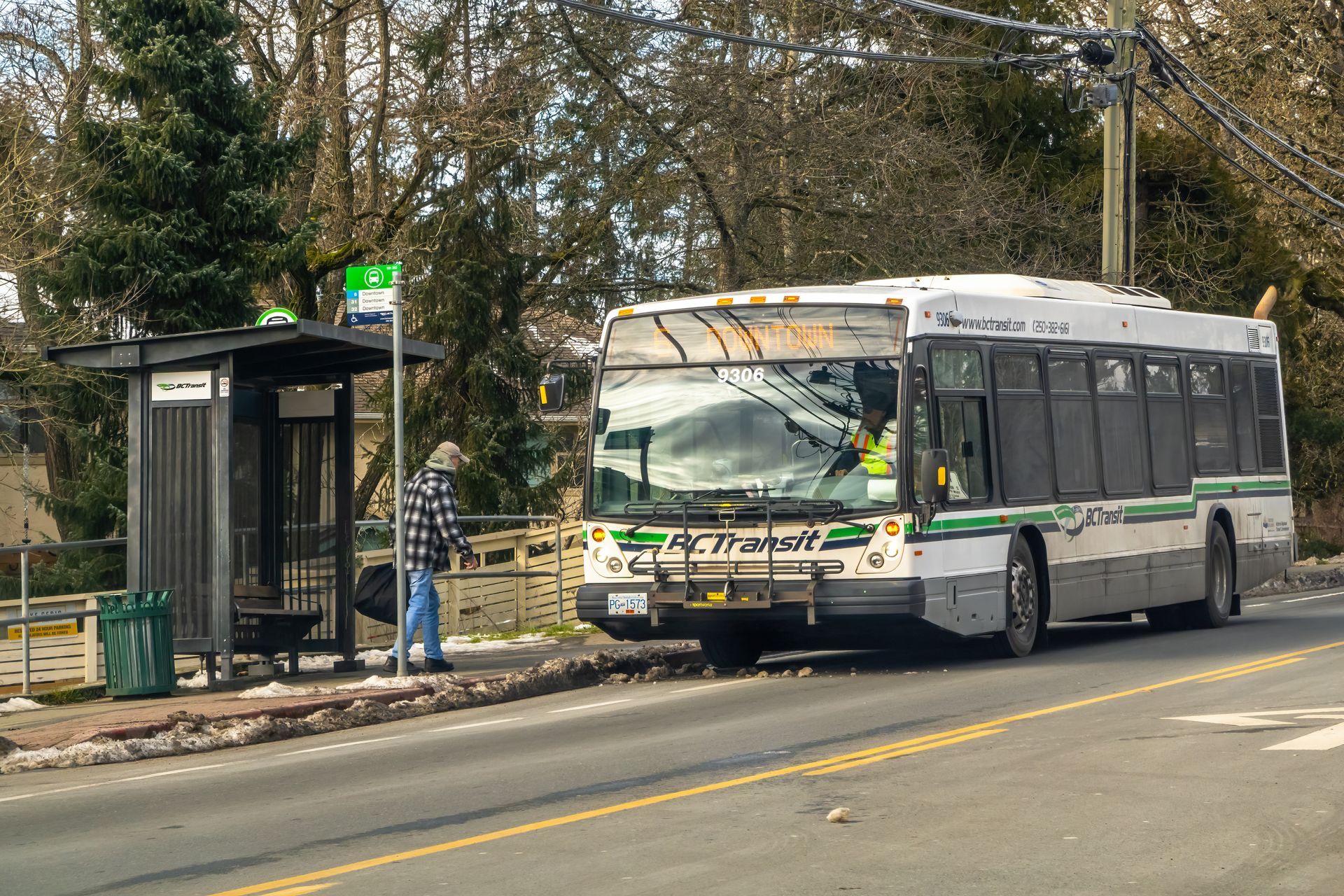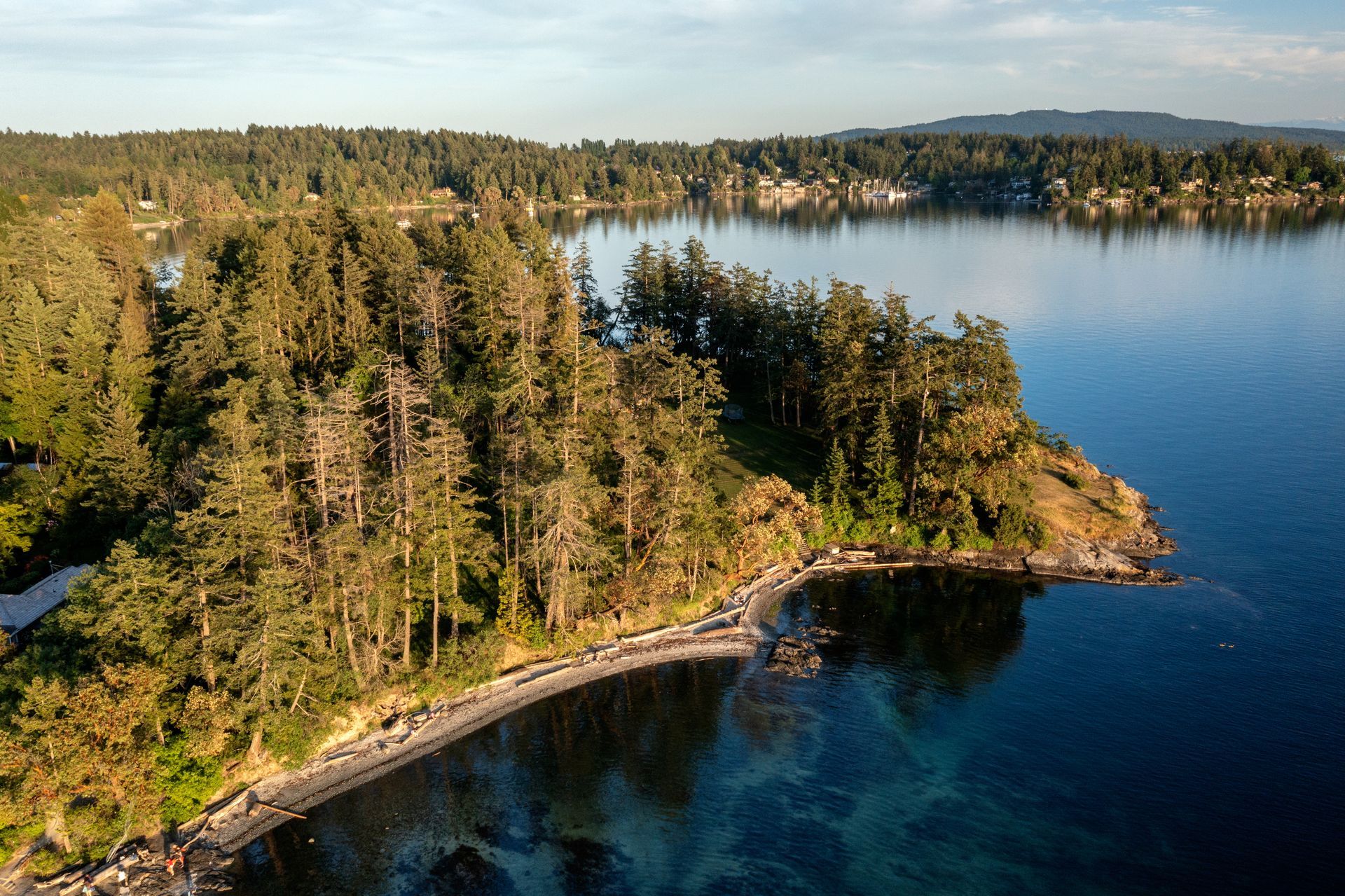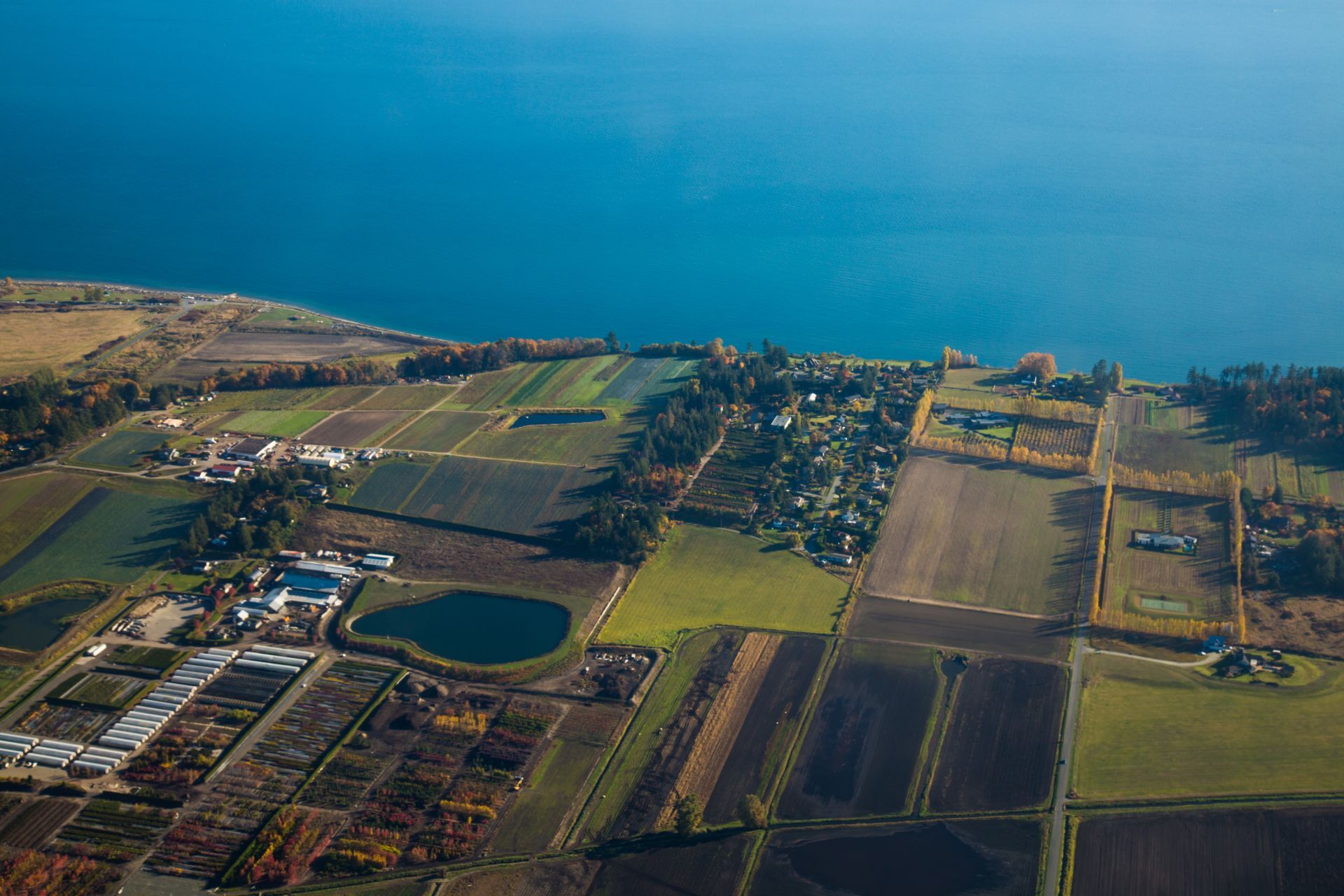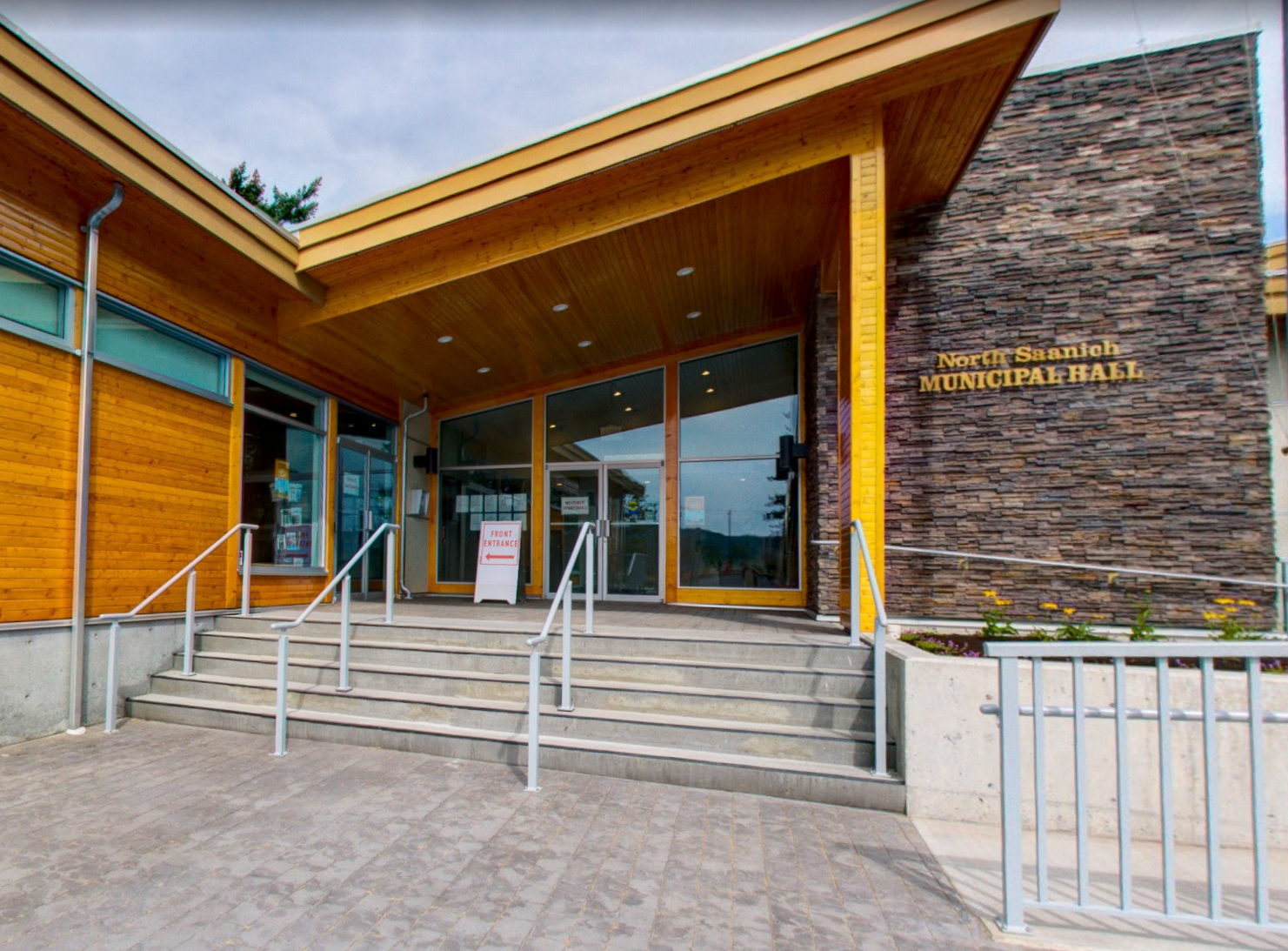Is the Town of Sidney Planning Appropriately for Our Future?
Letter to Sidney Council September 11, 2025 by P. Wainwright
Impacts of the 5-year Planning Cycle Required by Legislation
I am writing to ask the council to consider whether changes are necessary to the way the Town of Sidney conducts planning because of the 5-year planning cycle for Housing Needs Reports (HNRs) and Official Community Plans (OCPs).
This 5-year planning cycle doesn’t align with the 4-year council term. This discrepancy complicates planning, as incoming councils may inherit ongoing projects and initiatives, and outgoing councils may not have the option to defer projects to the next council because of deadlines.
What impact does this have on the way the Town of Sidney does planning, and should any changes be made?
What did the Legislation Change?
In late 2023, BC adopted legislation that changed the way local governments conduct planning and imposed a five-year planning cycle. Municipalities are now required to:
- Update HNRs using BC’s methodology every 5 years to address local housing needs over the next 5 and 20 years.
- Review and update OCPs every 5 years to plan for current and anticipated housing needs over 20 years, and include policies that address a wider range of housing types (e.g., affordable housing, rental housing, housing for families, etc.).
- Align Zoning Bylaws with their OCPs and HNRs every five years to permit the use and density to accommodate the total number of housing units needed over the next 20 years.
The first HNR is required by December 31st, 2028, and the first OCP and Zoning Bylaw updates based on the interim HNR are due by December 31st, 2025.
OCP and Municipal Election Cycles
This new 5-year planning cycle doesn’t match the 4-year council term; however, it does align with the requirement for 5-year financial plans. But annual budget discussions have usually focused only on the first two years of the 5-year financial plan. Strategic planning currently only extends to the end of the current council term.
Sidney’s current OCP requires updates for various “housekeeping” matters, such as the tree canopy target being lower than the estimate made in 2019. It’s not feasible to address these within the remaining four months before the December 31, 2025, deadline. If these are not completed in 2026, an election year, they will be deferred to the next council. The next council is expected (planned) to handle these issues.
The process for any OCP update requires public engagement, referrals to various jurisdictions and agencies, and a public hearing. A major OCP review requires 2 years or more. Even an OCP update of “modest” scope is difficult to complete in under a year.
Table 1 below lists the timing of municipal elections and the deadlines for HNR and OCP updates. Generally, it’s a bad idea to plan to finish an OCP shortly after an election; otherwise, the OCP may become an election issue. For example, the next council should likely plan to complete the next OCP update by 2029 rather than 2030.
Sidney’s 2025 to 2029 Financial Plan allocates $25k in 2028 for the HNR. Funding for the next OCP update should be included in the 2029 budget. Otherwise, it will occur alongside the 2030 election. If the 2030 OCP update is expected to be a significant review, it should be financed within the Financial Plan, preferably in 2028 and 2029.
Sidney’s OCP is silent about when the next major OCP review should be conducted or the frequency of major updates.
Studies and Plans Contributing to Planning and the OCP
Several plans contribute to the OCP, such as tree canopy and GHG targets (see Table 2 below). The timing for updating these plans should match the schedule for OCP and Zoning Bylaw revisions.
For example, the tree canopy is currently monitored through analysis of aerial imagery and LiDAR data collected by CRD. Data were collected in 2019 and 2023, with analysis results released the following year. CRD does not have a policy regarding the frequency of LiDAR surveys; however, another survey is likely to occur before 2030. It is too late to consider the 2023 results for the 2025 OCP update. However, new monitoring results could inform the 2030 OCP update. This would involve planning to revise the Urban Forestry Strategy in 2029, which is not in the 2025 to 2029 Financial Plan.
The current OCP sets a target to reduce GHG emissions to 50% below 2007 levels by 2030 and to achieve net zero emissions by 2050. This should be updated in the 2030 OCP revision, especially if the 2030 target is not met, which is likely. Updating the Climate Action Plan in 2029 will also be necessary, but it is not included in the 2025 to 2029 Financial Plan.
The Active Transportation Plan requires bi-annual progress reports to monitor ATP implementation (E.5) and includes a minor review in 2028 with a comprehensive review in 2033 (E.6). If these reviews have resource needs, they are not included in the 2025 to 2029 period. The Downtown Parking Study (2022) recommends updating the study every five years. There is $50,000 allocated for this update in 2026 within the 2025 to 2029 Financial Plan.
The Economic Development Plan outlines a “key events” timeline from 2023 to 2027, indicating that this Plan should be updated before 2028. It is also not included in the 2025 to 2029 Financial Plan.
Selected Plans and Studies that contribute to Planning and the OCP
- Parks Master Plan adopted in 2018
- Urban Forest Strategy adopted in 2019
- Child Care Inventory and Action Plan adopted in 2020*
- Climate Action Plan updated in 2022
- Economic Development Plan adopted in 2023*
- Accessibility Plan for 2023 to 2026
- Active Transportation Plan adopted in 2023
- Community Wildfire Resiliency Plan adopted in 2024**
- Strategic Plan 2022 to 2026
* Makes OCP recommendations; silent on need for or frequency of updating
** Makes OCP recommendations; recommends formal review after 5 years
Municipal Infrastructure, DCCs and ACCs, and Planning
Infrastructure providing essential municipal services such as sewer, water, and storm drains needs regular replacement as parts reach the end of their lifespan and must be expanded to accommodate growth and challenges like climate change. Sidney, like most other municipalities, collects Development Cost Charges (DCCs) from new developments to help fund the infrastructure expansion necessary to support growth.
Significant density changes in the OCP trigger updates to infrastructure plans to accommodate growth and, consequently, the revision of the DCC Bylaw. Currently, Sidney only collects DCCs for sewer, water, storm drains, parks, and public open spaces (e.g., waterfront walkway), and is in the process of updating Bylaw 1440 (last revised in 1998). A Utility Study (last updated in 2024) is conducted every 5 to 10 years, in line with changes in the OCP, which influence infrastructure planning and DCCs.
DCCs and the process to adopt them are regulated by the Province. DCCs are collected to help fund specific projects identified in their DCC Bylaw. All of the projects identified in Sidney’s DCC Bylaw are now complete.
Changes were made by Bill 46 that expand the scope of what capital infrastructure can be funded by DCCs to include fire, police, wastewater, solid waste, and recycling facilities. Bill 46 also enabled Amenity Cost Charges (ACCs) to help fund amenities such as community centres, recreation centres, daycares, and libraries related to growth.
Sidney’s current DCC update, which started in 2023, is expected to be completed by the end of 2025 and extends DCCs to roads and active transportation. The OCP, Parks Master Plan, Parkland Needs Assessment, and Active Transportation Plan all contribute to this DCC update. A proposed ACC Bylaw is also being introduced.
With the requirement for an OCP update every 5 years, this cycle now includes a Utility Study every 5 years, and DCC updates at 5-, 10- or 15-year intervals. The next Utility Study update is scheduled for 2029. This is not included in the 2025 to 2029 Financial Plan. The next DCC update is expected after the 2030 OCP update. If Sidney chooses to adopt an ACC Bylaw, future updates should also be incorporated into the planning cycle.
5-Year Financial Plan
While various projects mentioned above are not included in the 2025 to 2029 Financial Plan, the Plan includes $150k in 2027, $175k in 2028, and $150k in 2029 for “Anticipated Projects”. This could potentially be sufficient to fund the work discussed above.
Community Engagement
From the public’s perspective, Sidney’s planning process primarily involves the annual update of the strategic plan and the five-year financial plan. Strategic planning is conducted privately, with only the final draft of the strategic plan made publicly available. Sidney’s OCP sets out goals, objectives, and policies, and their implementation “will be prioritized and implemented through the Town’s annual strategic planning and budgeting processes and individual department work plans.” Departmental work plans, asset management plans, and twenty-year infrastructure plans are also mentioned during the development of the five-year financial plan. However, these plans are not accessible on the Town’s website or included in agenda packages.
Summary and Conclusions
What impact does this have on the way the Town of Sidney does planning? – This is pretty complicated. It’s obvious that some change will be necessary and should be figured out before the next OCP due in 2030.
Most of Sidney’s planning has been carried out on a 10- to 15-year cycle. Transitioning to a 5-year cycle will likely require additional resources. This may be partly offset because legislative changes, such as mandating pre-zoning, improve efficiencies and reduce costs in the department’s approval process. However, no efficiencies have been gained in the engineering review of developments and infrastructure planning. Extra staff may be necessary to support this change.
We invite you to comment below. You do not have to sign in. When you start typing your name, a small check box will appear below the terms and conditions. Checking the box will allow you comment as a guest requiring only your name and email address. Your email address remains confidential.











